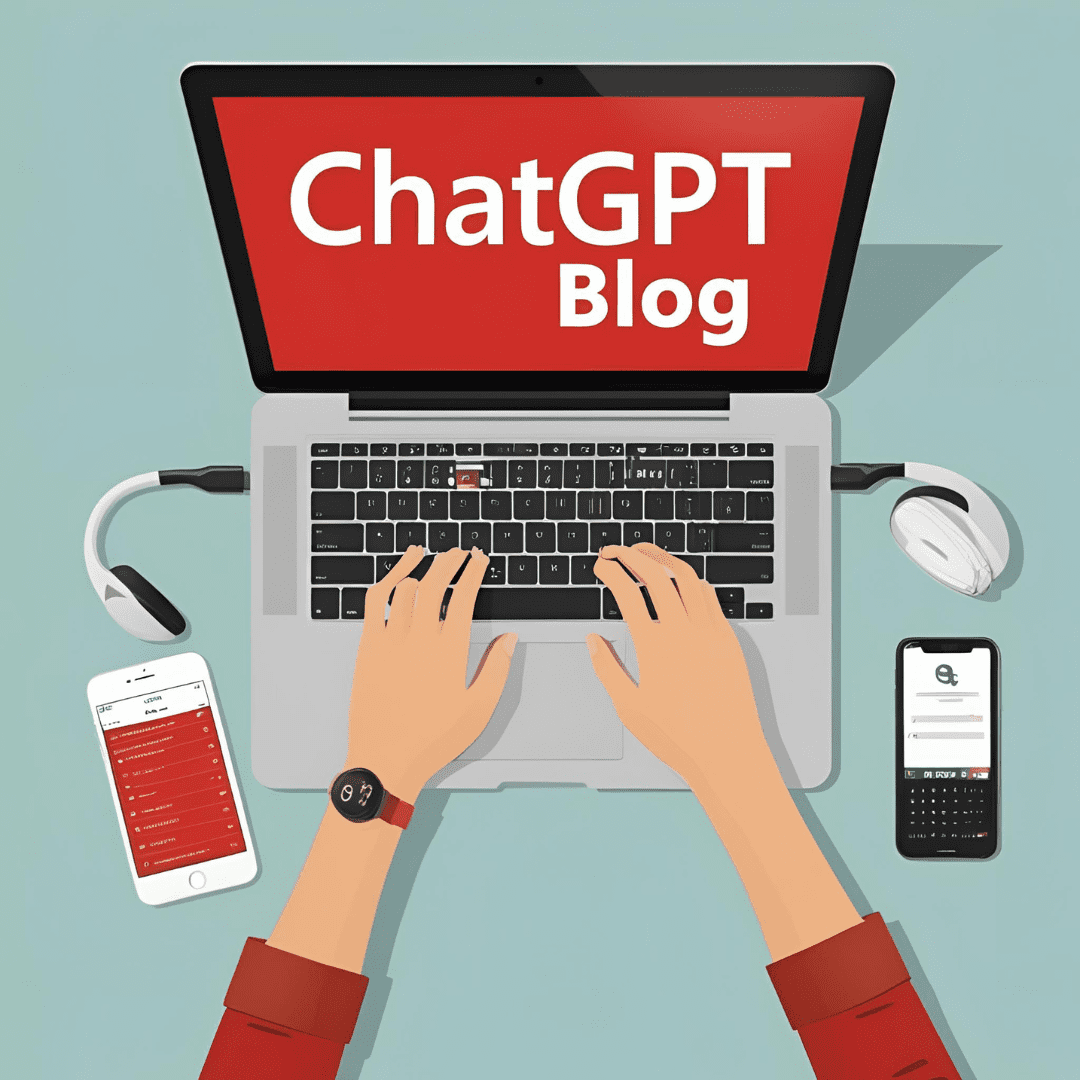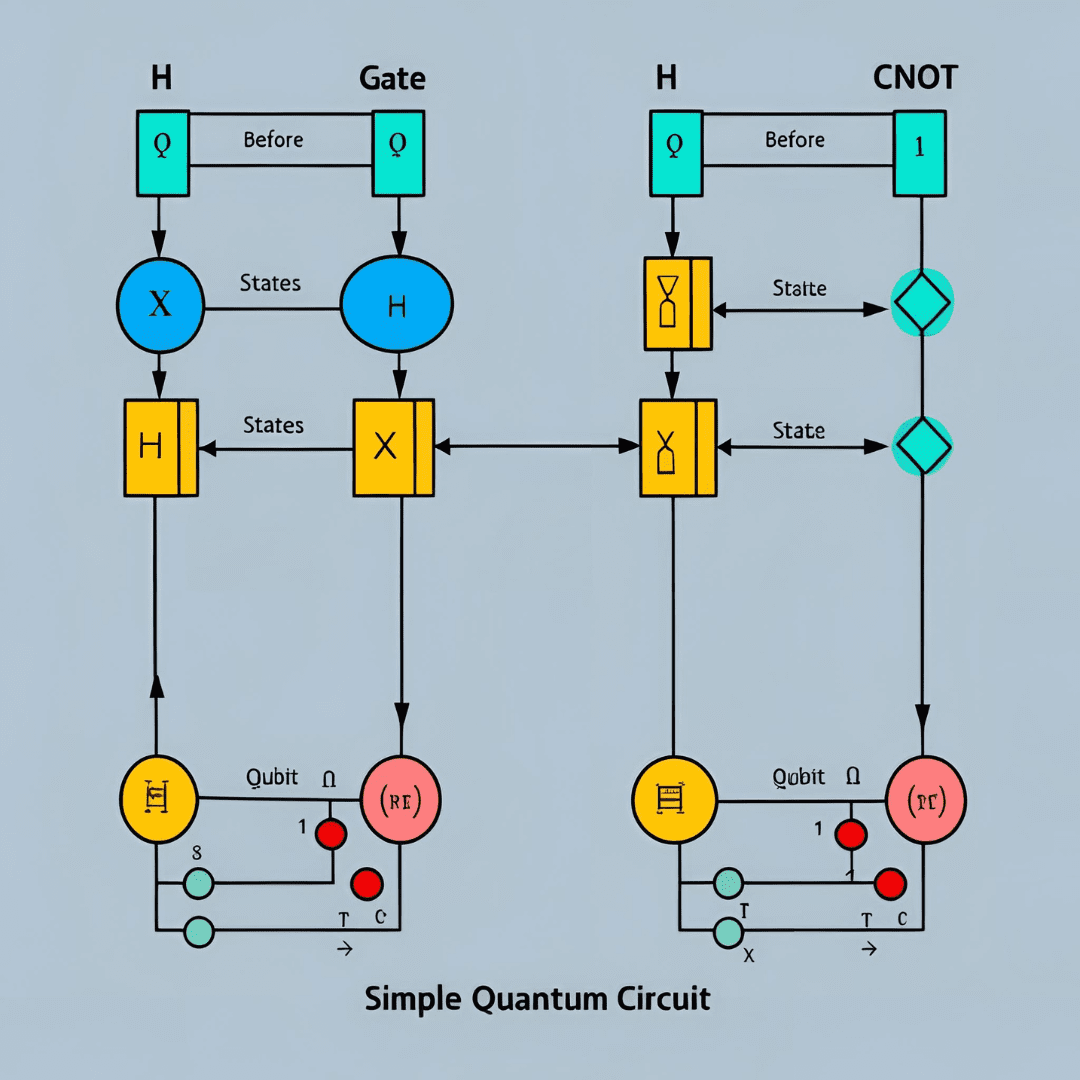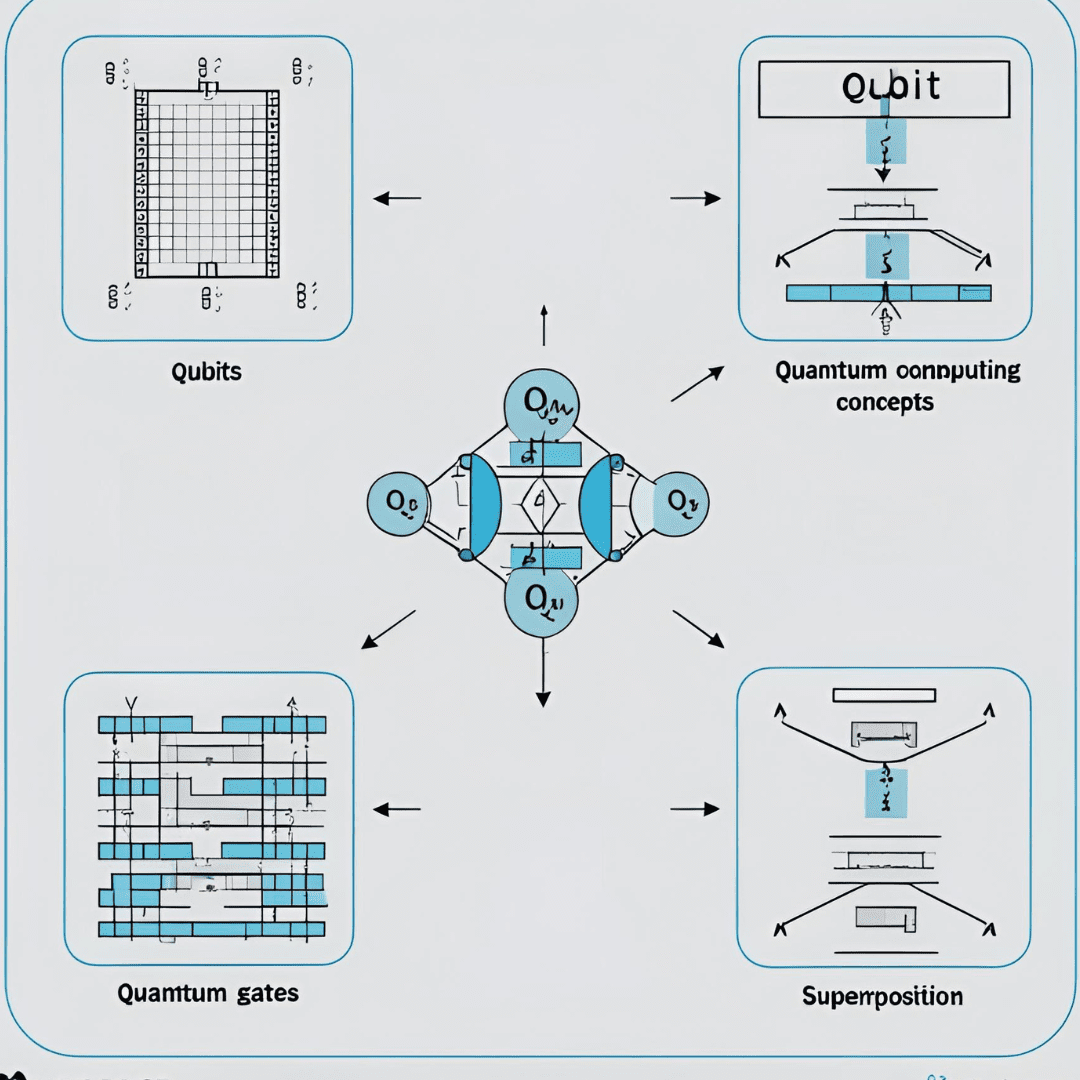In the world of digital content, search engine optimization (SEO) is key to making sure your blog posts reach the right audience. One of the most powerful tools at your disposal is ChatGPT, a language model that can help you streamline your content creation process — as long as you use the right prompts.
The effectiveness of ChatGPT depends heavily on the quality of the prompts you give it. The more specific and goal-oriented your commands are, the better the AI can generate valuable, optimized results. To help you get started, here are 10 essential prompts that will improve your content creation process and make your blog more search-engine-friendly.
1. Generating Blog Post Ideas
Prompt:
“Suggest 5 blog post ideas about [main topic].”
This is perfect for when you’re stuck on what to write about. ChatGPT will offer fresh, trending, or niche content ideas tailored to your topic, audience, or keyword goals.
2. Creating a Blog Post Outline
Prompt:
“Create a detailed outline for an article titled ‘[your article title]’.”
A structured outline helps you stay focused and organized. ChatGPT can create logical headings and subtopics to guide the flow of your article and align with SEO best practices.
3. Suggesting Subheadings (H2, H3)
Prompt:
“List possible subheadings for a blog post about [topic].”
This improves readability and keyword distribution. Use the suggested subheadings to break your content into digestible sections that are friendly for both users and search engines

.
4. Writing Compelling Introductions
Prompt:
“Write a persuasive introduction for a blog post about [subject].”
Your introduction sets the tone and hooks the reader. With ChatGPT, you can generate impactful opening paragraphs that are concise, informative, and aligned with the article’s intent.
5. Creating Strong Calls-to-Action (CTAs)
Prompt:
“Suggest 3 effective CTAs for an article discussing [topic].”
CTAs guide users toward taking a desired action — subscribing, sharing, clicking, or buying. ChatGPT can tailor CTAs that match your article’s purpose and tone.
6. Keyword Optimization
Prompt:
“Identify secondary keywords related to ‘[primary keyword]’.”
ChatGPT can help broaden your keyword strategy by generating long-tail and semantic keywords to improve your SEO footprint. These keywords can be naturally integrated into your blog post to improve discoverability.
7. Creating Meta Descriptions
Prompt:
“Write an attractive meta description for an article about [topic].”
A well-crafted meta description can significantly increase click-through rates. ChatGPT can generate concise, persuasive descriptions within the ideal 150–160 character limit.
8. Internal Linking Suggestions
Prompt:
“What existing blog posts could be linked to in an article about [topic]?”
Internal linking strengthens your site structure and improves user navigation. If you input a list of your blog’s existing topics, ChatGPT can suggest related posts to include as internal links.
9. Competitor Analysis
Prompt:
“What are the main topics competitors cover when writing about [subject]?”
Use ChatGPT to analyze what other blogs are publishing, find content gaps, and generate ideas that set your blog apart while still targeting valuable keywords.
10. Improving Readability
Prompt:
“Rewrite the following paragraph to make it clearer and more concise: ‘[insert paragraph here]’.”
Whether you’re updating older content or refining a new draft, ChatGPT can simplify complex sentences and improve your text’s clarity, tone, and engagement.
✅ Final Thoughts
Using ChatGPT doesn’t replace your creativity — it enhances it. These prompts serve as powerful tools to help you:
- Overcome writer’s block
- Produce SEO-friendly content faster
- Maintain consistent structure and quality
- Focus your content strategy around what your audience is really searching for
By integrating these 10 essential prompts into your workflow, you’ll create smarter content that ranks higher, engages better, and builds long-term value for your blog















